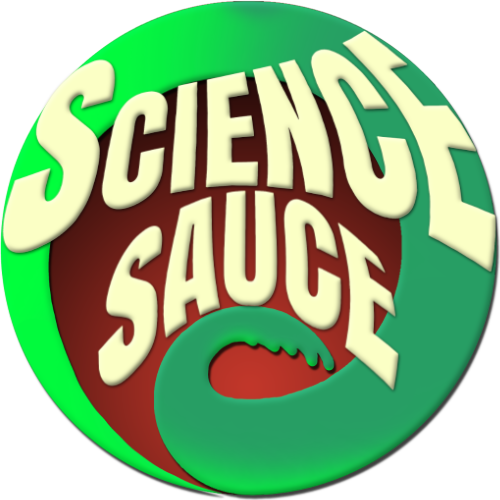Resources for the new (first exams 2026) IB Environmental Systems and Societies syllabus. There are slides for lessons, case studies, curated news and other resources IB ESS students and teachers.
(Resources for the old, outgoing spec are still here)
Essays
Students have to write either 1 or 2 essays (depending on whether they are studying at SL or HL) in Paper 2 of the final exams. On the essays page you’ll find essay-writing guidance, helpful tips and example essays to help you get the best scores you’re capable of.

In the News – IB ESS
Curated news articles that give context to the course content and provide useful examples for the essay questions.
Topic 1: Foundation
The essential foundations for Environmental Systems and Societies students. This topic includes Perspectives, Systems and Sustainability. Most content on the IB ESS course is framed within or based on these ideas.
Topic 2: Ecology
Ecology is the relationships amongst living organisms (including humans) and their environment.
Topic 3: Biodiversity and Conservation
In addition to considering what biodiversity is and how it can be quantified, ESS students also study how biodiversity arose through evolution, how humans influence biodiversity, and what we might do to help conserve it.
- 3.1 Biodiversity and evolution
- 3.2 Human impact on biodiversity
- 3.3 Conservation regeneration
Topic 4: Water
Water systems support life on Earth. Students study how water is accessed and used, issues surrounding water security and equity, the aquatic food production systems we rely on, and water pollution.
- 4.1 Water systems
- 4.2 Water access, use and security
- 4.3 Aquatic food production systems
- 4.4 Water pollution
Topic 5: Land
Soil is a dynamic system which supports life. Land is a finite resource and the ways in which we use it, particularly for food production, can be sustainable or unsustainable.
- 5.1 Soil
- 5.2 Agriculture and food
Topic 6: Atmosphere and Climate Change
The atmosphere forms the boundary between Earth and space. Its composition and process support life on Earth. Human activities have altered the composition of the atmosphere and there is strong evidence that some of these changes are influencing the climate. Students will consider these influences as well as how people of different environmental perspectives would find solutions to climate change-related problems.
- 6.1 Introduction to the atmosphere
- 6.1 Climate change – causes and impacts
- 6.3 Climate change – mitigation and adaptation
- 6.4 Stratospheric ozone
Topic 7: Natural Resources
Natural capital and energy sources can be used sustainably or unsustainably. This will be influenced by the nature of the resource and the way in which it is extracted, in addition to how we consume or utilise it.
- 7.1 Natural resources – uses and management
- 7.2 Energy sources – uses and management
- 7.3 Solid waste
Topic 8: Human Population and Urban Systems
Students learn a range of metrics relating to human population dynamics and consider the changing population of Earth, along with future implications. Also in this chapter is the concept of urban areas, how they may be viewed as similar to natural ecosystems and how urban systems can be redeveloped for a more sustainable future.
- 8.1 Human populations
- 8.2 Urban systems and urban planning
- 8.3 Urban air pollution
The Higher Level Lenses
The HL lenses are incorporated into each chapter, and are not taught as discrete topics.


